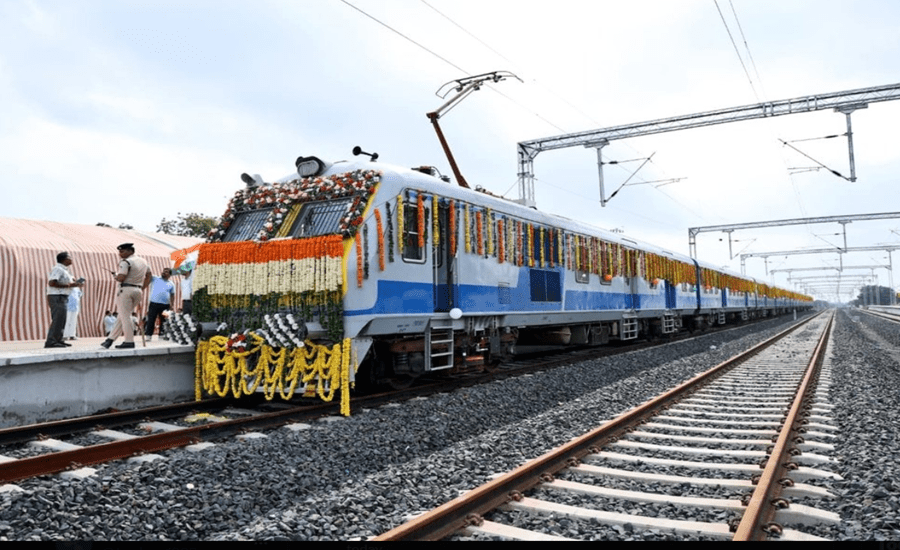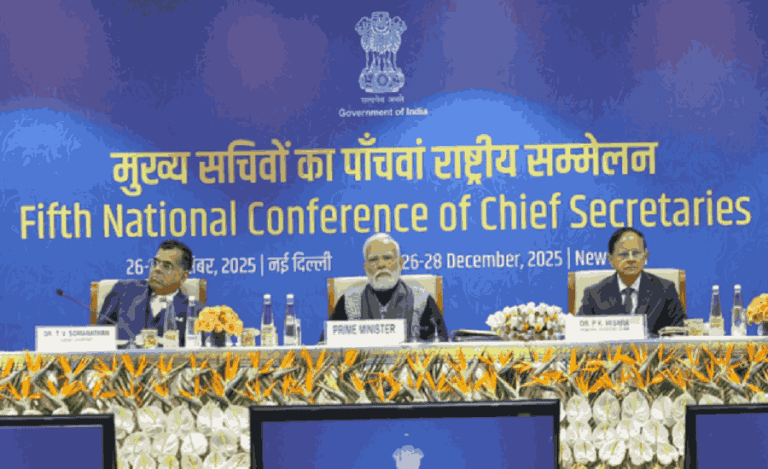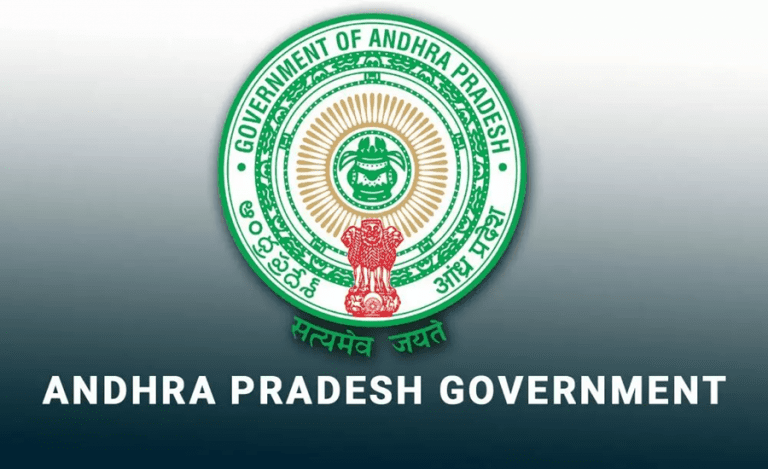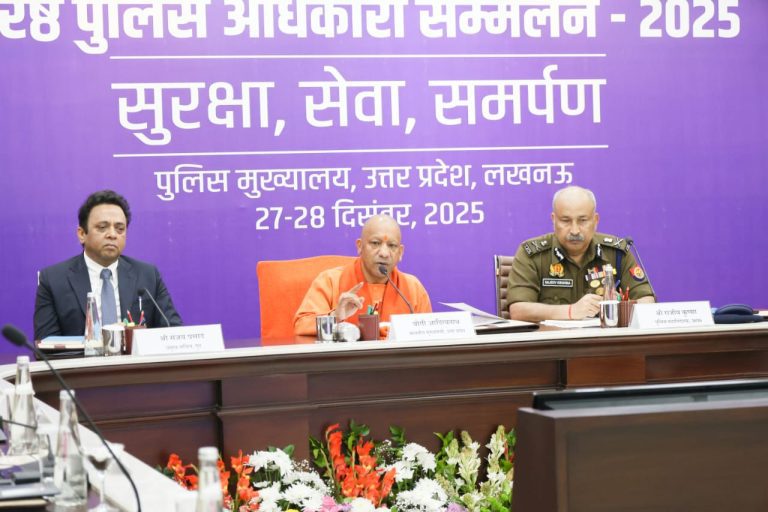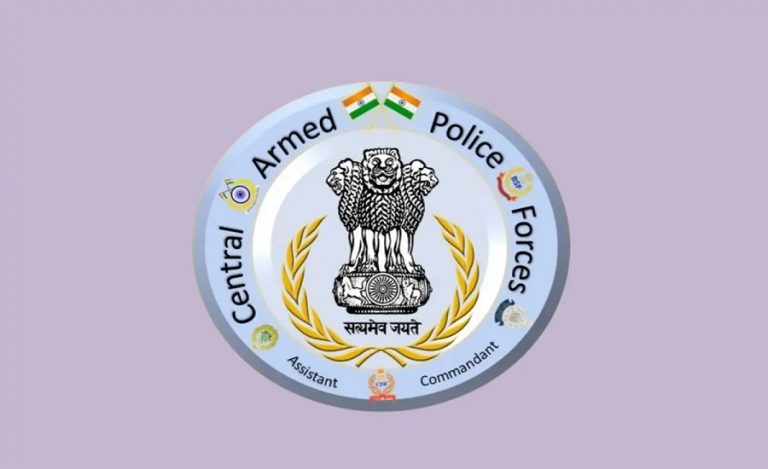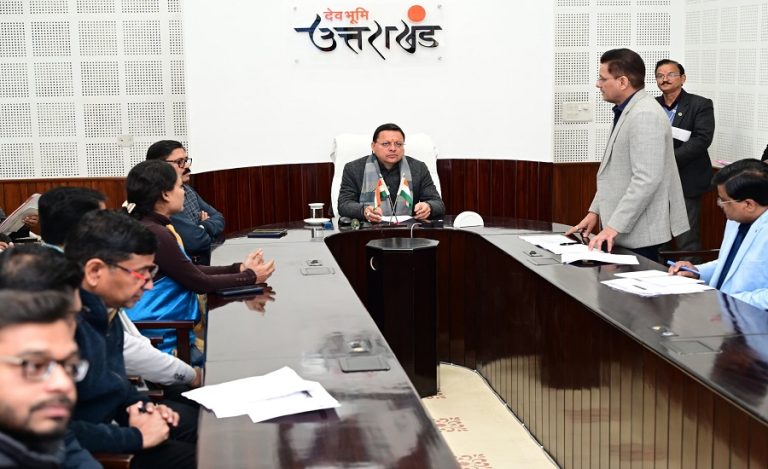New Delhi: Paving the way for more streamlined travel and freight movement, the Union Government has approved four critical railway infrastructure projects worth approximately ₹12,328 crore. These investments, backed by the Ministry of Railways, signal a concerted effort toward regional connectivity, economic productivity, and green mobility.
Project Portfolio and Geographic Scope
- Gujarat: New tracks to link Deshalpar–Hajipir–Luna and Vayor–Lakhpat, adding 145 route km (164 km track), with completion estimated in 3 years at a cost of ₹2,526 crore. This will democratize access to remote cultural and tourist sites across the Rann of Kutch.
- Karnataka & Telangana: Addition of third and fourth lines on the busy Secunderabad–Wadi section, spanning 173 km, to be delivered within 5 years for ₹5,012 crore.
- Bihar: Expansion of the Bhagalpur–Jamalpur corridor with a third line over 53 km, expected in 3 years and costing ₹1,156 crore.
- Assam: Doubling of the Furkating–New Tinsukia track, covering 194 km, with a projected completion of 4 years and an investment of ₹3,634 crore.
Once completed, these projects will extend the national railway network by an additional 565 km and span across 13 districts in five states.
Strategic Benefits at a Glance
- Connectivity: Links over 3,100+ villages and benefits 47+ lakh people, including Kalaburagi district.
- Logistics & Trade: Eases movement of salt, cement, coal, clinker, and bentonite, reducing logistics costs.
- Tourism Boost: Improves access to Dholavira, Koteshwar Temple, Narayan Sarovar, and Lakhpat Fort.
- Employment: Generates 251 lakh human-days of work during project execution.
- Sustainability: Cuts oil dependency, reduces CO₂ emissions, and supports green rail operations.
Alignment with National Infrastructure Vision
These investments are part of the broader PM-Gati Shakti National Master Plan, which aims to bolster India’s multi-modal infrastructure through seamless coordination across sectors. The enhancements will:
- Reduce congestion on major routes,
- Boost freight and passenger handling capacity, and
- Enable faster movement, aligning with modern logistics standards.
These landmark approvals underscore a pivotal shift in infrastructure development strategy—one that fosters regional equity, economic resilience, and environmental stewardship, while positioning Indian Railways as a monument of integrated progress and future-readiness.

